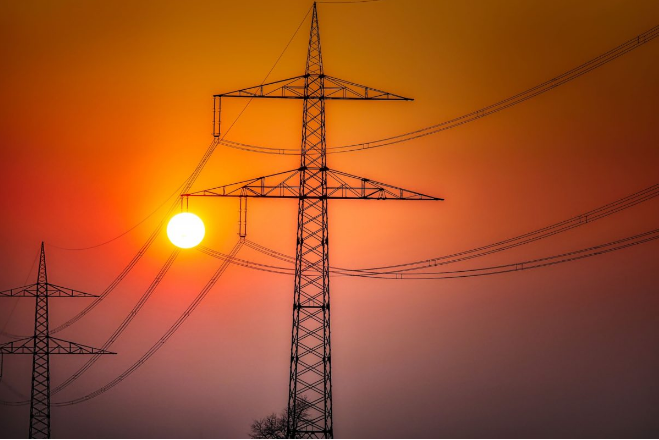With recent declines in battery storage costs, PV plants with trackers, storage, and a high inverter loading ratio offer a greater net value than designs using west-facing panels or vertical bifacial panels.
That’s according to an evaluation of an assortment of PV plant strategies by staff of Berkeley Lab and published in the journal Applied Energy.
In California, with its relatively high level of PV on the grid, the PV plant design with the highest net value used single-axis trackers, 4-hour storage sized at half the system’s AC capacity, an inverter loading ratio (DC:AC ratio) of 1.7, and DC-coupled batteries (referred to as the “DC-coupled” design).
DC-coupling means that battery storage is placed on the DC-side of shared inverters, improving system efficiency.
While most utility-scale solar-plus-storage plants at year-end 2019 had an inverter loading ratio (ILR) of 1.3, the study said that examples of DC-coupled hybrid systems with higher ILRs are increasing.
The study found that in an area with a small amount of PV on the grid, a system that uses tracking, an ILR of 1.3 and no storage might be competitive with the DC-coupled design.
But regardless of the amount of PV on the grid, west-facing and vertical bifacial designs were found to have lower net value than plants that included tracking.
Why it matters
As PV penetration increases, more electricity is produced during sunny hours. Without the deployment of storage or an increase in price-responsive load, the authors said, growth in PV capacity will lead to lower wholesale prices during sunny hours.
On California’s grid, for example, as power during sunny hours became relatively abundant between 2012 and 2018, the wholesale value of solar generation from a fixed-tilt system without storage fell 39%. PV developers have largely been shielded from this value erosion, the authors said, due to long-term, fixed-price power-purchase agreements.
PV can be made more “grid-friendly,” they said, through modifications to project configuration and operations. They used the phrase “grid-friendly” to describe PV that maintains marginal grid value as PV penetration increases.
Research design
Additional strategies were evaluated in addition to a base design which used monofacial panels tilted south with a 1.3 ILR. Those other strategies reflected modifications to the base design to include bifacial panels, tracking, a greater or smaller tilt angle, a lower or higher inverter loading ratio, or storage.
One other strategy involved selling regulation services. Doing so would require solar plants to operate with “headroom” to be able to respond to automatic signals to ramp output either up or down.
The net value of each strategy accounted for the PV plant’s cost, the wholesale value of the electricity it sent to the grid, and its capacity value.
Cost elements were obtained from previously published literature. A 30% investment tax credit was assumed for both solar and storage.
The free-to-access article is titled “Project developer options to enhance the value of solar electricity as solar and storage penetrations increase.”






